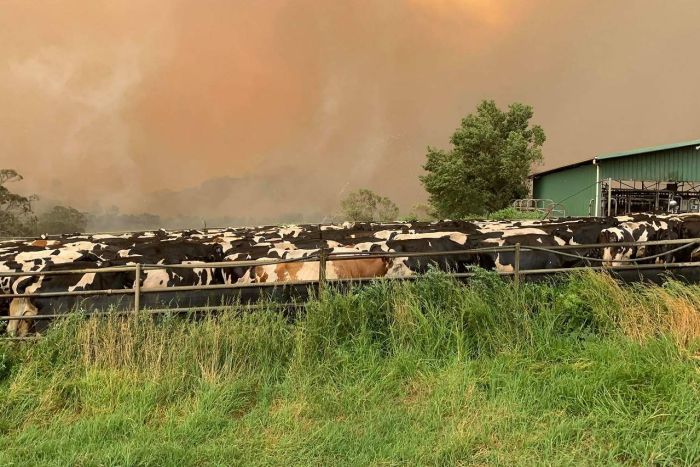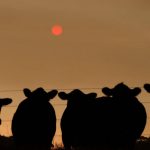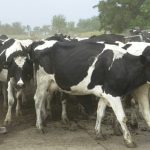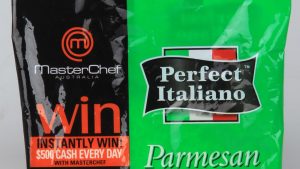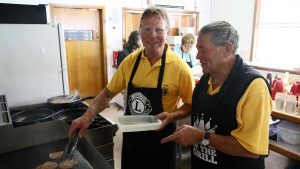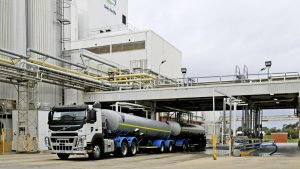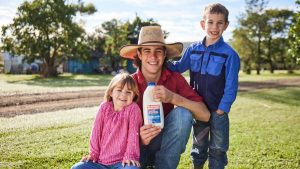
Key points:
The embattled dairy industry has been put under even more strain by bushfires in NSW and Victoria
Livestock have been killed by flames and heat, and the drought-fuelled fodder shortage looks set to worsen
Farmers say milk prices will have to increase again in order for them to be able to recover
That is because processors have contracts to supply fresh white milk to NSW supermarkets first, at the expense of other branded fresh dairy products.
Bushfires in southern NSW have added significantly to the industry’s long-running woes, with as many as 1,000 dairy heifers estimated to have been killed, according to NSW Farmers dairy committee member Daniel Cochrane.
“There is now a lack of milk, with big producers reducing supply along the NSW coast, from both drought and now the summer fires,” he said.
NSW Farmers Association Dairy Committee chair, Colin Thompson, said the impact of the fires was still being assessed.
Mr Thompson said the fire’s impact ranged from “a total loss of pasture and fences destroyed to a loss of cattle, particularly young heifers.”
“There were a number of dairy farms left without power which saw a loss of milking and farmers were having to get generators onto farms,” he said.
“That combined with a water shortage leading up to the fires, due to the drought, and now we’re seeing pumps and piping lost.”
Some farmers have had to pour milk down the drain due to a lack of power.
Mr Thompson, who farms at Cowra in the NSW central west, said losing milk was unavoidable.
“The number of farms affected this time is unprecedented,” he said.
NSW Farmers Association is working with affected farmers to try to source fodder and water, which was already in short supply due to the drought.
Major dairy producers at Tallangatta and Keiwa Valley, in north-east Victoria, have also been impacted by fires.
Push for price increase
Robert Miller, who farms at Narawallee, near Milton, is counting an even greater cost from the fires than first thought.
Mr Miller estimated he had lost $100,000 worth of fencing and two thirds of the grazing.
Some of his cows have aborted their calves, not because they were not burnt, but because they were heat affected.
Together with the NSW Farmers dairy committee, Dairy Connect and Queensland Dairy Farmers, Mr Miller has pleaded for supermarkets to increase the price of home brand milk to $1.50 a litre.
In response, Woolworths said it was still assessing the impact of the fires on South Coast dairy farmers, and said it already had contributed $32 million in a drought levy for 450 dairy farmers.
“Our thoughts are with all of those impacted by these devastating bushfires, including farmers in our extended supply chain,” the supermarket giant said.
Drought causes fodder shortage
The Australian Fodder Industry Association (AFIA) predicts the country could run short of hay as early as March, which is months earlier than previously thought.
“I’m increasingly concerned about the levels of fodder supplies we have in the system,” CEO John McKew said.
“We are still in the harvest, in south-west and central Victoria.
“And South Australian farmers are busy stripping and harvesting … but I’m concerned that with the level of demand we have, is we will see a tightness of supply by the time we get to March-April 2020.
“I don’t want to be alarmist, but supply will get tighter.”
Mr McKew said prices were already very high, risking the situation getting to the point where “it becomes unviable for the future for the buyer and seller.”
He said it was unlikely large quantities of hay would come onto the market before November.
The dairy farmers committee said charities were competing with non-fire affected farmers to buy fodder for affected farms, and that was also pushing fodder prices higher.
Mr Cochrane said the federal drought response had been “fairly pathetic,” and that farmers on the South Coast were locked out of the interest free loans.
For fire-hit dairies, he said $15,000 emergency farm support would run out fast.
Bega Cheese confident of supply
Around Bega’s dairy farms, 800,000 litres of milk was tipped out after the fires, and more was lost from Bodalla and Milton, either because of power cuts or traffic congestion, as tourists fled from the path of the fire.
The Bega Cheese company took an 8 per cent hit on the stock exchange on Monday after the fires, but said its overall production and export markets would not be affected by the fires.
Bega Cheese operates several plants across the border in Victoria with milk supplied from its New South Wales headquarters, which are now back up to production.
